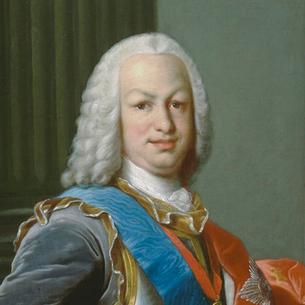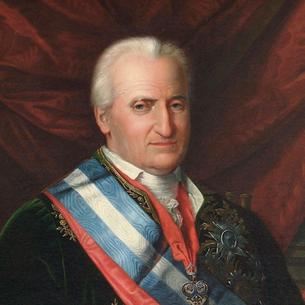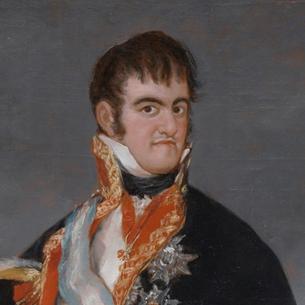Coins of Colombia
Total added coins: 473
Which Colombia coins are worth money?


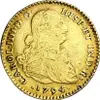
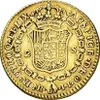



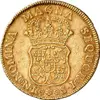






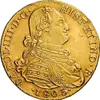


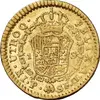




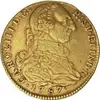



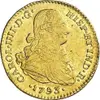
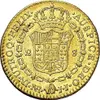








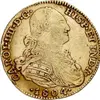









Coinage of the Colombia
The Viceroyal Coinage in Colombia
The first coins were minted in what we currently know as Colombia in 1622, when a mint was opened in Santa Fe de Nuevo Reino (now Bogotá). The mint in Santa Fe also had a branch in Cartagena de Indias. This branch was active from 1621 to 1634 and then was illegally reopened for a few months in 1655. Both Cartagena and Santa Fe mainly minted golden coins of 1 and 2 escudos; silver coins were also minted with values of quarter real, half real, 1, 2, 4 and 8 reals, always following the Castilian metrology. These coins from Nuevo Reino were the first golden coins minted in America.
In 1756, new equipment — coining presses — were installed in Bogotá. It kept on minting golden coins in large quantities, at that time divided into 1, 2, 4, and 8 escudos (4- and 8-escudos coins began to be minted in 1746). There were significantly fewer silver coins and predominantly small units were minted to be used in everyday trading activities. 8-reals coins from Santa Fe are very rare and valuable pieces among collectors.
In 1758, a new mint was opened in Popayán. Just like the mint in Santa Fe, it mainly minted golden coins and, in limited numbers, few silver coins that were used primarily for local trade.
The First COlambian Republic Decades
The stability that had been prevailing in Colombian coinage for 200 years was broken down by the War of Independence. At that time, royalists in Santa Marta and patriots in Cartagena started producing the so-called obsidional coinage, i.e., coins issued for use during a siege. The mint in Popayán repeatedly changed possession, until finally controlled by patriots in 1820. Until that moment, both patriots and royalists kept on minting coins in the name of the king of Spain, thus making it difficult to distinguish a patriotic coin from a royalists’ one. In addition, some provisional copper coins with the value of half real, 1, and 8 reals were minted in Popayán by royalists. However, Bogotá soon began to mint with symbols of the Great Colombia. Provisional coinage existed between 1814 and 1816, which turned into the definitive one in 1820.
The mints in Bogotá and Popayán kept on minting golden coins and started minting large quantities of silver coins. At first, they used the same sets of units and values that were used in the viceroyal period. From 1837, the golden unit of currency was called «peso» and was equal to half the viceroyal escudo. Silver coinage was modified in 1847 when a real-based decimal system was established, being somewhat aligned to that of the Latin Monetary Union. 10 reals were thus equal to 5 French francs. However, golden coins still were issued in pesos.
The Decimal System
This monetary system was modified again in 1859 to make it purely decimal. The peso became the currency and was equal to 10 old reals. At first, this peso was divided into décimos and, from 1874 on,into centavos. The larger units of peso were minted in gold; the highest value was 20 pesos. Soon after, the mint in Popayán was closed; its last coins date back to 1881. Nevertheless, a new mint was opened in Medellín; it was active from 1867 to 1899 and minted exclusively golden coins.
In 1913 golden coins were minted on the basis of the pound, therefore 5 Colombian pesos were equal to one pound sterling. The mint in Medellín was then reopened and remained active from 1914 to 1954. In 1931, Great Britain left the gold standard and its monetary system officially came to be based on the dollar. That year, Colombia also left the gold standard.
Since then, Colombia has suffered constant inflation, but avoided hyperinflation processes. Bronze, nickel and cupronickel gradually substituted golden and silver coins (the last silver coins date back to 1948). But at no time in the 20th century did Colombia need to change its monetary unit, so the peso remains its current currency.
Adolfo Ruiz
